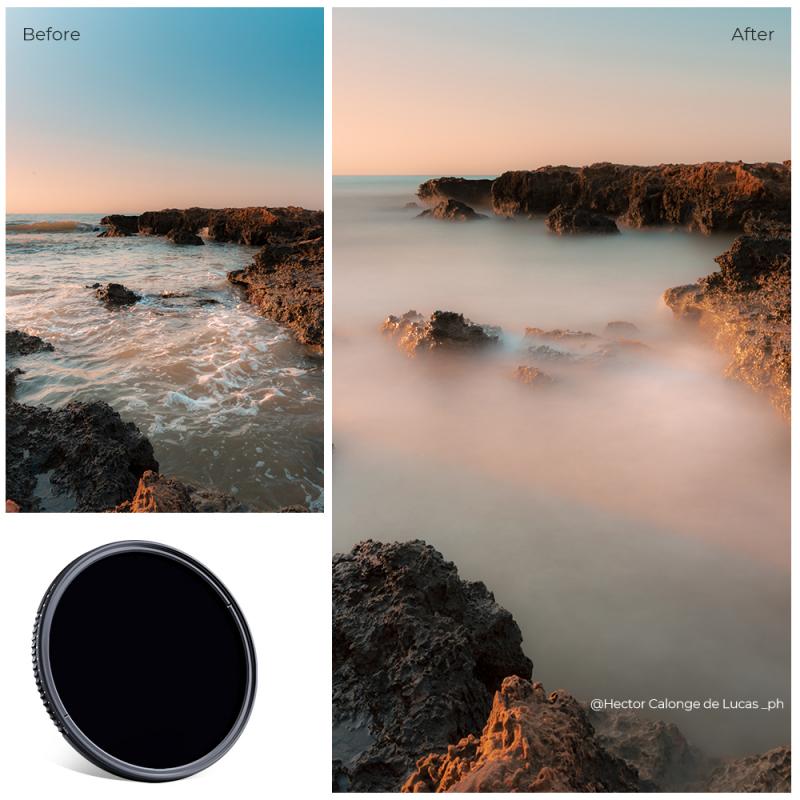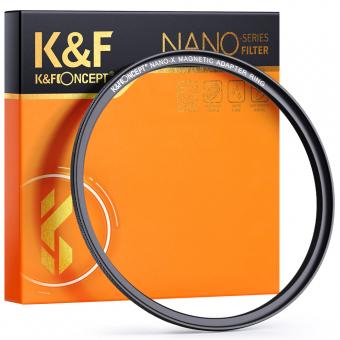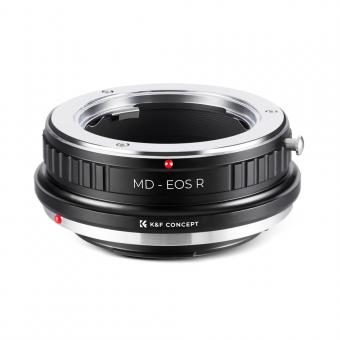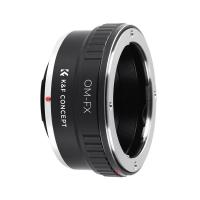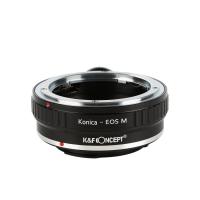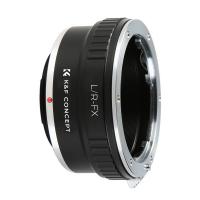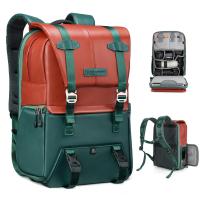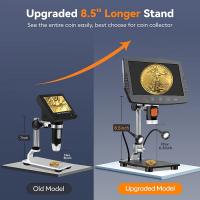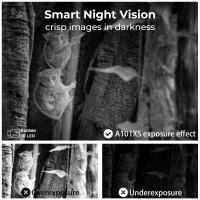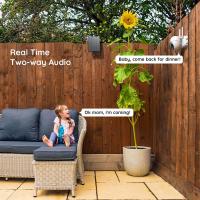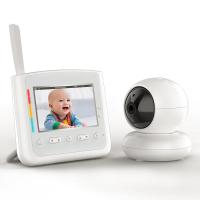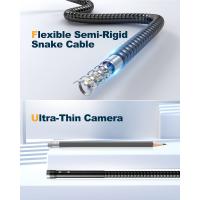What Filters Do I Need For Astrophotography ?
When it comes to astrophotography, there are a few filters that can be useful. One commonly used filter is a light pollution filter, which helps to reduce the impact of artificial light on your images and improve contrast. Another important filter is a solar filter, which is essential for safely photographing the sun. This filter blocks out harmful levels of light and allows you to capture details on the sun's surface. Additionally, some astrophotographers use narrowband filters to capture specific wavelengths of light emitted by certain celestial objects, such as nebulae. These filters can enhance the visibility of these objects and help to isolate them from light pollution.
1、 Light Pollution Filters: Reduce light pollution for clearer images.
Light pollution filters are essential for astrophotography as they help reduce the impact of artificial light on the quality of astronomical images. These filters work by selectively blocking certain wavelengths of light, particularly those emitted by common sources of light pollution such as streetlights and urban areas. By doing so, they enhance the contrast and visibility of celestial objects, allowing astrophotographers to capture clearer and more detailed images of the night sky.
There are various types of light pollution filters available on the market, each with its own characteristics and benefits. Broadband light pollution filters are the most commonly used and are designed to block specific wavelengths of light associated with common sources of light pollution. These filters are effective in reducing the overall impact of light pollution and enhancing the visibility of deep-sky objects.
Narrowband filters, on the other hand, are specifically designed to target certain emission lines of nebulae, such as hydrogen-alpha (Hα) and oxygen III (OIII). These filters are particularly useful for capturing detailed images of nebulae in areas with high light pollution, as they allow astrophotographers to isolate and enhance the desired wavelengths of light emitted by these celestial objects.
It is important to note that the effectiveness of light pollution filters can vary depending on the specific conditions and location. In recent years, advancements in filter technology have led to the development of more advanced and specialized filters that offer improved performance and adaptability to different light pollution scenarios.
In conclusion, light pollution filters are essential tools for astrophotographers looking to capture clear and detailed images of the night sky. Whether using broadband or narrowband filters, these tools help reduce the impact of light pollution and enhance the visibility of celestial objects. It is recommended to research and choose filters based on the specific requirements and conditions of your astrophotography location.
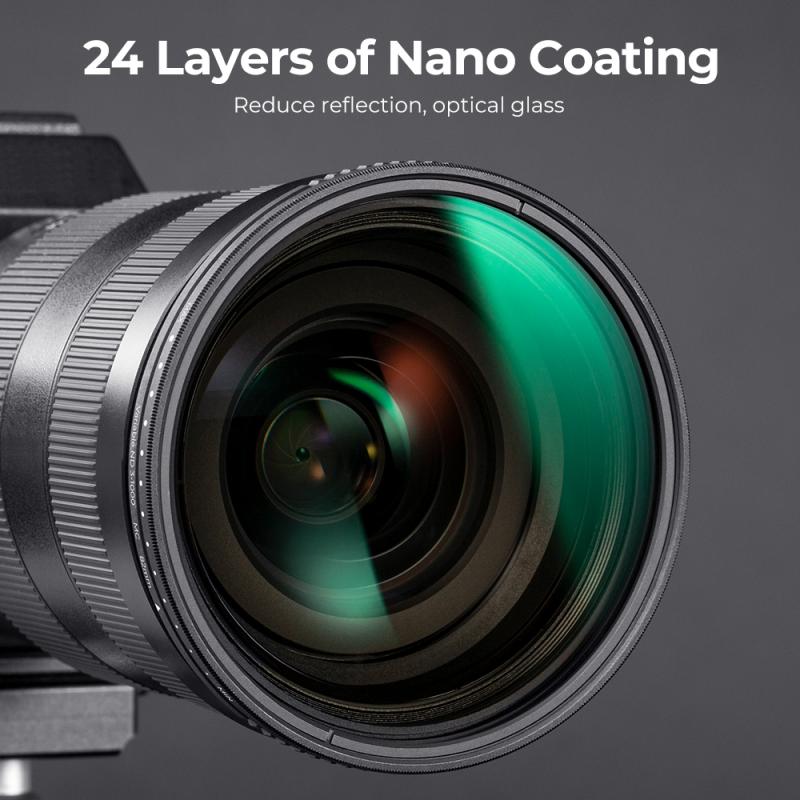
2、 UV/IR Cut Filters: Block ultraviolet and infrared light.
UV/IR Cut Filters: Block ultraviolet and infrared light.
When it comes to astrophotography, using the right filters can greatly enhance the quality of your images. One essential filter for astrophotography is the UV/IR cut filter. This filter is designed to block ultraviolet and infrared light, allowing only visible light to pass through to the camera sensor.
Ultraviolet and infrared light can have a negative impact on astrophotography images. Ultraviolet light, for example, can cause haze and reduce contrast in the image. Infrared light, on the other hand, can lead to unwanted color shifts and affect the overall image quality. By using a UV/IR cut filter, these issues can be minimized, resulting in sharper and more accurate astrophotography images.
It is important to note that the need for a UV/IR cut filter may vary depending on the camera and lens combination being used. Some camera sensors already have built-in UV/IR cut filters, while others may benefit from the use of an external filter. Additionally, certain lenses may also have their own UV/IR cut coatings.
The latest point of view in astrophotography is that using a UV/IR cut filter is still recommended, even if your camera or lens already has built-in protection. This is because the additional filter can provide an extra layer of protection and ensure the best possible image quality. It is always better to be safe than sorry when it comes to astrophotography, and using a UV/IR cut filter is a simple yet effective way to improve your results.

3、 Narrowband Filters: Isolate specific wavelengths for capturing specific celestial objects.
What filters do I need for astrophotography? Narrowband filters are essential for capturing specific celestial objects in astrophotography. These filters isolate specific wavelengths of light, allowing you to capture detailed images of specific targets such as nebulae and galaxies.
Narrowband filters work by blocking out unwanted light pollution and only allowing specific wavelengths to pass through. This is particularly useful when photographing objects that emit light at specific wavelengths, such as hydrogen-alpha (H-alpha) and oxygen-III (OIII) emissions. By using narrowband filters, you can effectively capture the light emitted by these specific elements, resulting in stunning and detailed images.
In recent years, there have been advancements in narrowband filter technology, with new filters being developed to enhance the astrophotography experience. Some filters now offer even narrower bandwidths, allowing for more precise isolation of specific wavelengths. Additionally, there are filters designed specifically for capturing different types of celestial objects, such as planetary filters for capturing details on planets like Jupiter and Saturn.
It is important to note that while narrowband filters are crucial for astrophotography, they are not the only filters you may need. Other filters, such as light pollution filters, can help reduce the impact of light pollution and improve the overall quality of your astrophotographs.
In conclusion, narrowband filters are essential for astrophotography as they allow you to isolate specific wavelengths of light emitted by celestial objects. With advancements in filter technology, there are now even more options available to enhance your astrophotography experience.
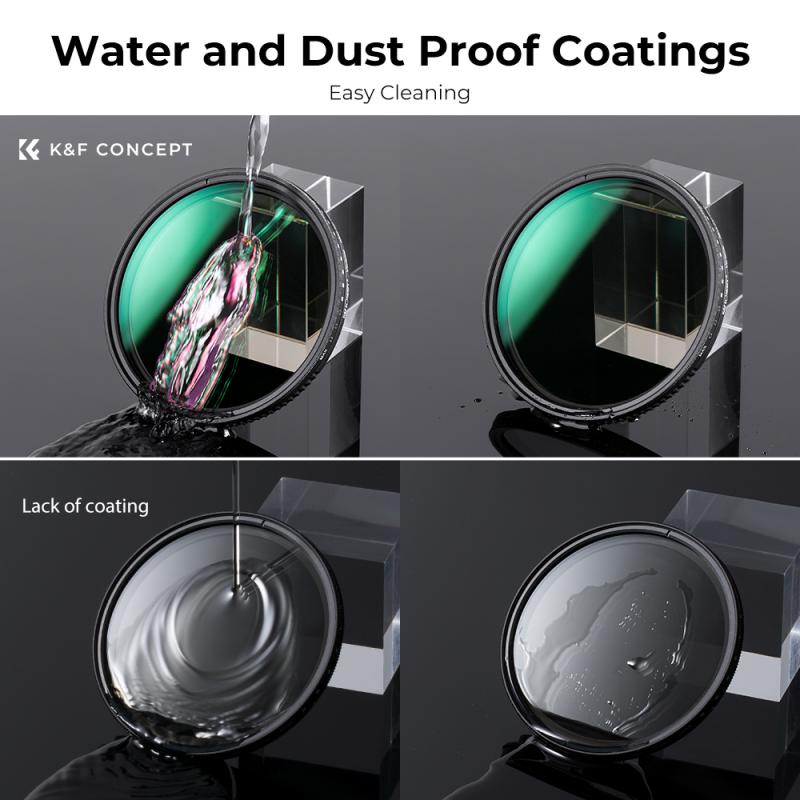
4、 Hydrogen-Alpha Filters: Enhance details in nebulae and other hydrogen-rich regions.
What filters do I need for astrophotography? One essential filter for astrophotography is the Hydrogen-Alpha (Hα) filter. This filter is specifically designed to enhance details in nebulae and other hydrogen-rich regions of the night sky.
The Hα filter is particularly useful for capturing the faint emissions of ionized hydrogen gas, which is abundant in many deep-sky objects such as emission nebulae, supernova remnants, and even some galaxies. By isolating the Hα wavelength of light, this filter allows astrophotographers to capture the intricate structures and fine details within these objects that would otherwise be difficult to observe.
In recent years, advancements in Hα filter technology have made them more accessible and effective for astrophotography. Some filters now feature narrower bandwidths, allowing for even greater isolation of the Hα wavelength. This can result in improved contrast and detail in the final images.
Additionally, some astrophotographers may also consider using other filters to enhance specific features or reduce light pollution. For example, a light pollution filter can help mitigate the effects of artificial light and improve the overall image quality. Narrowband filters, such as Oxygen-III and Sulfur-II filters, can also be used in combination with the Hα filter to capture different emission lines and create stunning false-color images.
Ultimately, the choice of filters for astrophotography depends on the specific targets and desired results. It is always recommended to research and experiment with different filters to find the best combination for your astrophotography setup and objectives.
